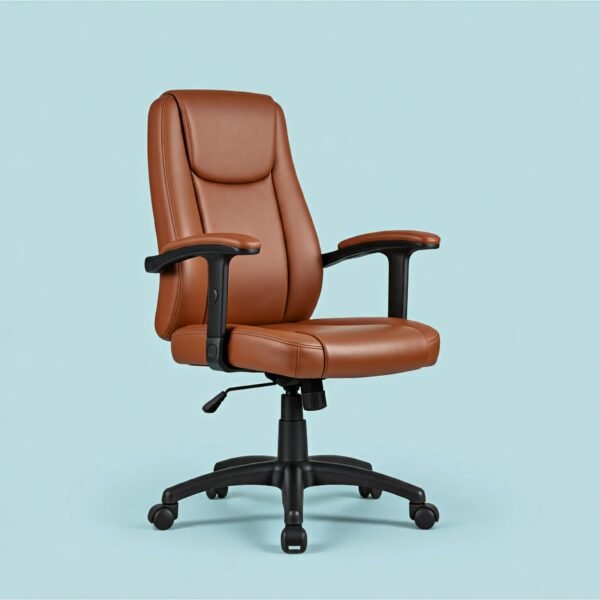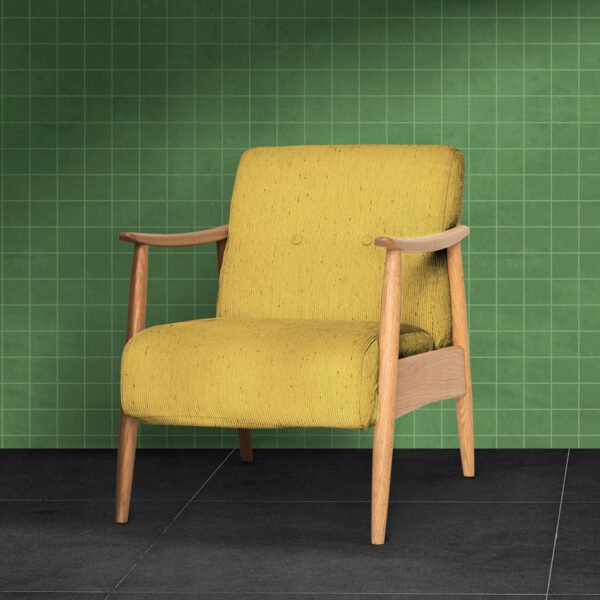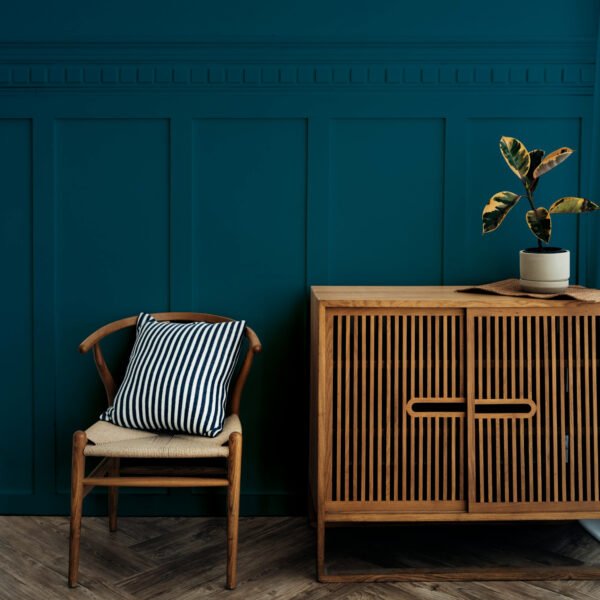Investing in a quality bed is one of the most important decisions you can make for your health and well-being. With the average person spending roughly one-third of their life in bed, the right choice can significantly impact your sleep quality and overall health. This comprehensive guide will help you navigate the essential factors to consider when purchasing a new bed.
Understanding Mattress Types and Materials
The foundation of any good bed starts with the mattress. Memory foam mattresses have gained popularity for their ability to conform to body shape and provide excellent pressure relief. High-density memory foam, typically ranging from 4-5 pounds per cubic foot, offers better durability and support than lower-density alternatives. Look for open-cell or gel-infused memory foam technology, which helps regulate temperature and prevents the notorious heat retention associated with traditional memory foam.
Innerspring mattresses remain a classic choice, featuring steel coil support systems. When evaluating innerspring mattresses, pay attention to the coil count and gauge. A quality queen-size mattress should have at least 800 coils, while luxury models often exceed 1,000. The gauge (thickness) of the coils typically ranges from 12 to 15, with lower numbers indicating thicker, more durable coils.
Hybrid mattresses combine the benefits of both memory foam and innerspring systems. These mattresses typically feature a coil base layer topped with memory foam, latex, or other comfort materials. Quality hybrid mattresses often incorporate pocketed coils, where each spring is individually wrapped to minimize motion transfer and provide targeted support.
Latex mattresses, particularly those made from natural latex, offer exceptional durability and eco-friendly benefits. Dunlop latex tends to be denser and more supportive, while Talalay latex provides a softer, more luxurious feel. Natural latex can last up to 20 years, significantly longer than synthetic alternatives. Latex mattresses tend to be rated as the most comfortable mattress type.
Bed Frame Construction and Support
A quality bed frame serves as the crucial foundation for your mattress. Solid hardwood frames, particularly those made from oak, maple, or walnut, offer superior durability compared to softwoods or engineered wood products. Look for frames with corner blocks, dowel joints, or mortise-and-tenon construction, as these joinery methods provide better stability and longevity than simple screws or staples.
Metal frames should feature thick gauge steel, preferably 12-gauge or lower, with welded joints rather than bolted connections. Center support rails are crucial for queen and king-size beds, ideally with additional legs touching the floor to prevent sagging. The legs should include adjustable feet to accommodate uneven floors and prevent wobbling.
Platform beds have gained popularity for their clean aesthetic and elimination of box spring requirements. When choosing a platform bed, ensure the slats are no more than 3 inches apart and at least 0.75 inches thick to provide adequate support and prevent mattress sagging.
Sizing Considerations and Room Dynamics
When selecting bed size, consider both personal space requirements and room dimensions. A queen-size bed (60 x 80 inches) provides adequate space for most couples while fitting comfortably in standard bedrooms. King-size beds (76 x 80 inches) offer maximum space but require rooms at least 12 x 12 feet to maintain proper circulation and furniture placement.

Allow at least 24 inches of walking space on each accessible side of the bed. For master bedrooms, consider a minimum of 30 inches for a more luxurious feel. Room for nightstands typically requires an additional 20-24 inches on each side.
Box Springs and Foundations
Modern box springs often serve more as foundations than traditional spring units. Quality foundations should feature solid wood construction with strategic reinforcement points to prevent warping. Look for foundations with a minimum height of 7 inches to provide adequate support and airflow.
Some mattress warranties require specific foundation types. Memory foam and latex mattresses typically perform better on solid or closely slatted foundations rather than traditional box springs. Always verify warranty requirements before selecting a foundation.
Bedding Compatibility and Protection
Consider how your mattress will work with your bedding ensemble. Mattress depth affects sheet fit – standard sheets accommodate mattresses up to 12 inches, while deep pocket sheets fit mattresses up to 15 inches. Extra deep pocket sheets may be necessary for luxury pillow-top mattresses exceeding 16 inches.
Invest in a quality mattress protector that offers waterproof protection while remaining breathable. Look for protectors with natural fibers like cotton or Tencel in their top layer for comfort, and ensure they can be machine washed at high temperatures to maintain hygiene.
Investment and Longevity Considerations
A quality bed represents a significant investment, but cost should be evaluated in terms of price per year of use. High-end mattresses typically last 8-10 years, while quality frames can last decades with proper care. When broken down, a $2,000 mattress used for eight years costs about 68 cents per night – a modest investment considering the impact on your daily well-being and productivity.
Understanding warranty coverage is crucial for protecting your investment. Look for at least a 10-year warranty for mattresses, but pay close attention to the fine print. Most warranties distinguish between manufacturing defects and normal wear. Manufacturing defects, such as coil problems or foam deterioration, are typically covered fully in the early years, while normal wear issues like comfort preferences or slight sagging might have limited coverage. Be particularly aware of warranty-voiding actions, such as removing mattress tags, using incompatible foundations, or failing to use proper mattress protection.
The cost hierarchy in bedding typically correlates with material quality and construction methods. However, the highest price doesn’t always indicate the best value for your specific needs. Focus on finding the sweet spot where quality materials, proper construction, and comfort meet your budget constraints.
Regular maintenance can significantly extend your bed’s lifespan. This includes rotating your mattress every three to six months, using appropriate cleaning methods, maintaining proper support, and addressing any issues promptly. Some premium mattress brands offer maintenance services or inspections that can help preserve your warranty and extend the life of your investment.
Experience Quality Sleep with Urban Ladder
At Urban Ladder, we understand that choosing the right quality bed is a crucial decision for your well-being. That’s why we offer an extensive collection of premium quality beds that meet all the quality standards discussed in this guide. Our carefully curated selection features the finest materials, expert craftsmanship, and thoughtful designs to ensure you get the perfect night’s sleep.
Visit our showroom to experience our range of handpicked mattresses, elegant bed frames, and complete bedroom solutions. Our sleep specialists are ready to help you find the perfect bed that matches your specific needs and preferences. With Urban Ladder’s commitment to quality and customer satisfaction, you’re not just buying a bed – you’re investing in years of restful, rejuvenating sleep.
Explore our collection online or visit your nearest Urban Ladder store today. Your perfect bed awaits.



